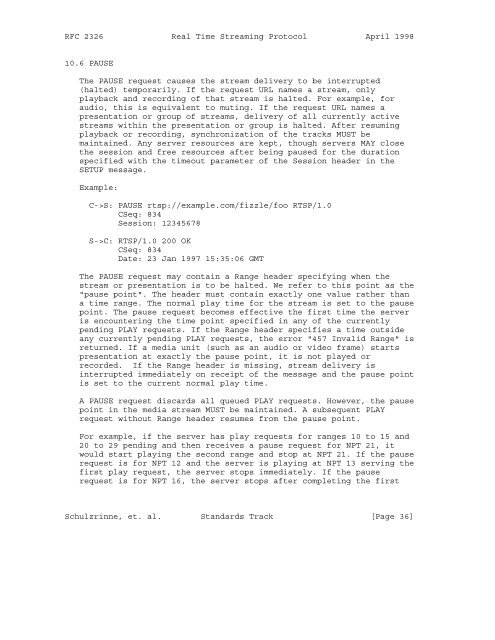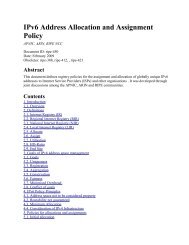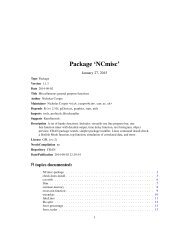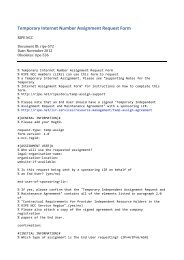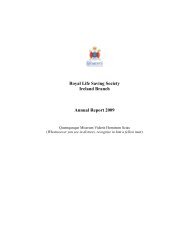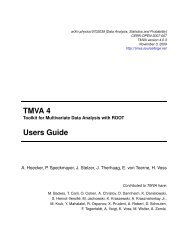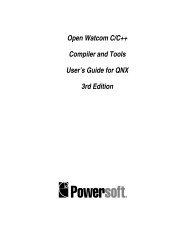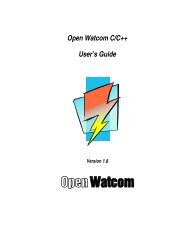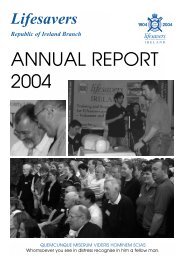Standards Track A. Rao Netscap - RFC Editor
Standards Track A. Rao Netscap - RFC Editor
Standards Track A. Rao Netscap - RFC Editor
Create successful ePaper yourself
Turn your PDF publications into a flip-book with our unique Google optimized e-Paper software.
<strong>RFC</strong> 2326 Real Time Streaming Protocol April 199810.6 PAUSEThe PAUSE request causes the stream delivery to be interrupted(halted) temporarily. If the request URL names a stream, onlyplayback and recording of that stream is halted. For example, foraudio, this is equivalent to muting. If the request URL names apresentation or group of streams, delivery of all currently activestreams within the presentation or group is halted. After resumingplayback or recording, synchronization of the tracks MUST bemaintained. Any server resources are kept, though servers MAY closethe session and free resources after being paused for the durationspecified with the timeout parameter of the Session header in theSETUP message.Example:C->S: PAUSE rtsp://example.com/fizzle/foo RTSP/1.0CSeq: 834Session: 12345678S->C: RTSP/1.0 200 OKCSeq: 834Date: 23 Jan 1997 15:35:06 GMTThe PAUSE request may contain a Range header specifying when thestream or presentation is to be halted. We refer to this point as the"pause point". The header must contain exactly one value rather thana time range. The normal play time for the stream is set to the pausepoint. The pause request becomes effective the first time the serveris encountering the time point specified in any of the currentlypending PLAY requests. If the Range header specifies a time outsideany currently pending PLAY requests, the error "457 Invalid Range" isreturned. If a media unit (such as an audio or video frame) startspresentation at exactly the pause point, it is not played orrecorded. If the Range header is missing, stream delivery isinterrupted immediately on receipt of the message and the pause pointis set to the current normal play time.A PAUSE request discards all queued PLAY requests. However, the pausepoint in the media stream MUST be maintained. A subsequent PLAYrequest without Range header resumes from the pause point.For example, if the server has play requests for ranges 10 to 15 and20 to 29 pending and then receives a pause request for NPT 21, itwould start playing the second range and stop at NPT 21. If the pauserequest is for NPT 12 and the server is playing at NPT 13 serving thefirst play request, the server stops immediately. If the pauserequest is for NPT 16, the server stops after completing the firstSchulzrinne, et. al. <strong>Standards</strong> <strong>Track</strong> [Page 36]


